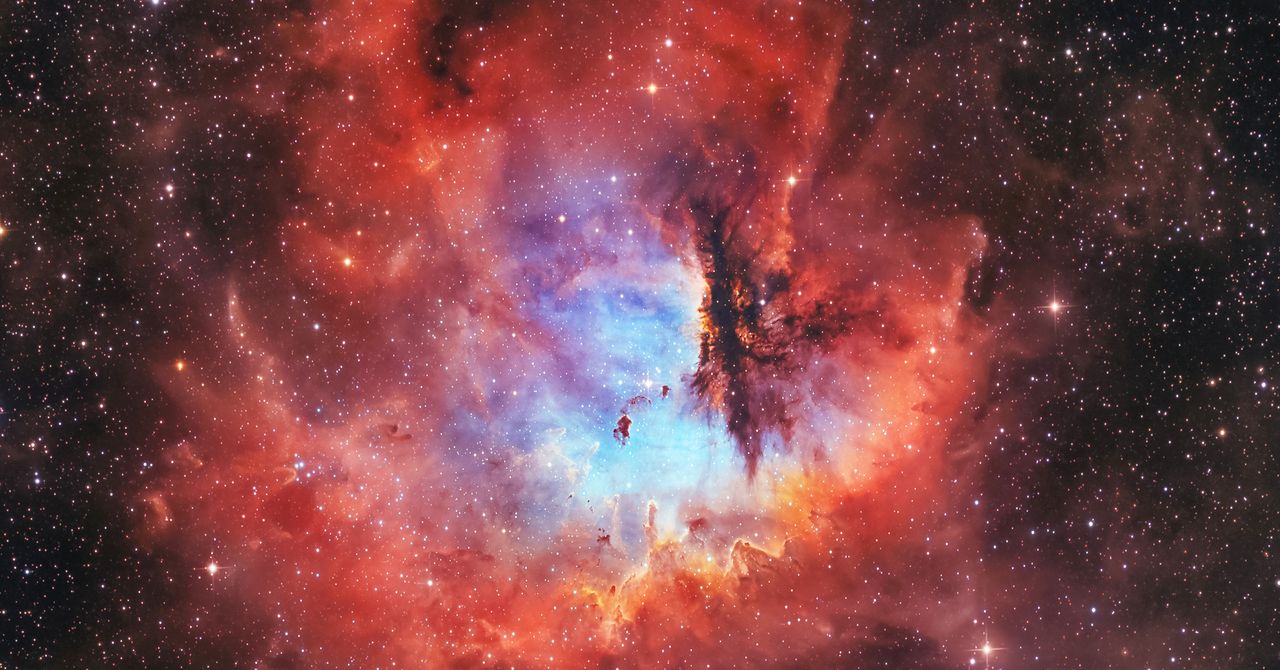This is what desi is designed to do: by determining the distance in the galaxies and kosars for more than 11 billion years, do accurate measurements of the appearance of these bubbles (both nearby or far). Then these data can be fragmented into pieces to determine how fast the world is spreading anywhere in the past, it is better to model how dark energy affects it.
A trend upward
Last year’s results are 0.82 percent based on the analysis of the full data of the year from seven different pieces of cosmic time, including 450,000 kosar, with the accuracy of the farthest period (between 8 and 11 billion rear). While there was a fundamental agreement with the CDM Lamba model, some of the subtle differences were made when the first year’s results were combined with other studies data (including cosmic microwave background and Supernovae type IA).
In essence, these differences suggest that dark energy may become weaker. In terms of confidence, the results for desi data along with CMB data set reached 2.6 Sigma. When adding Supernovae data, the Supernova specific data set was increased to 2.5 sigma, 3.5 sigma or 3.9 sigma.
Combining DESI data with other independent measurements is important because “we want to be compatible”, said the DESI spokesman from the University of Waterloo Percival. “All different experiments must answer us how fast the world is, how fast the world is expanding. It is not good if all the experiments agree with the Lambda-CDM model, but then gives you different parameters. It doesn’t just work. The parameters for the basic properties of that model.”
The latest results include the first three years of the data collected, approximately 15 million galaxies and Kawazar. Once again, the DESI data alone was compatible with CDM Lambda, meaning dark energy is constant. And once again, when combined with other datasets – from CMB, Supernovae and poor gravitational lens studies – important points emerged that dark energy may change over time. The level of self-esteem depends on the composition of the data set from 2.8 to 4.2 sigma-it is only shy on the threshold of five sigma.
This may attack average citizens as an increasing progress, but the reality is more complex. “Desi data is not increasing in itself.” “We have three years now instead of a year. It doesn’t matter, not only because of the increase in the region, but because of the overlap,” he said.




